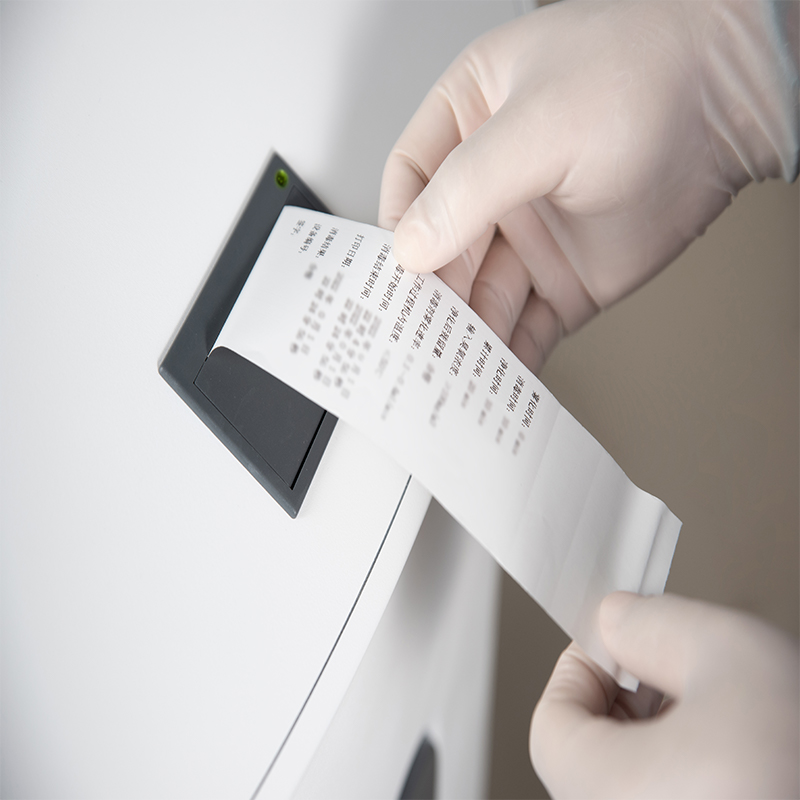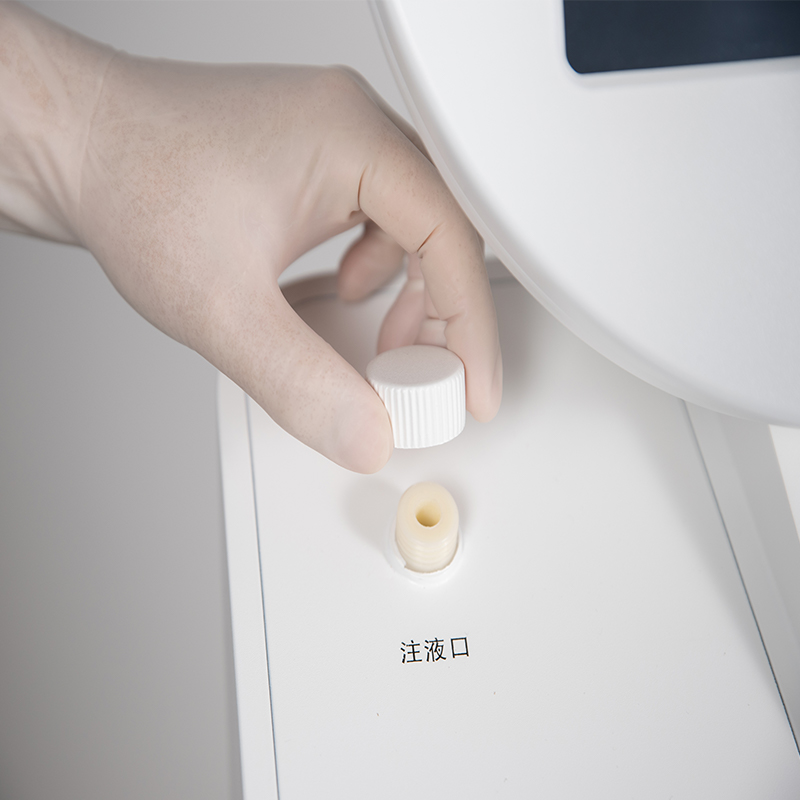The Importance of Ventilator Circuit Sterilizers in Ensuring Patient Safety
1. Understanding Ventilator Circuits:
Ventilator circuits are crucial components of mechanical ventilators used to assist patients with breathing difficulties. These circuits consist of various tubes, connectors, and filters that allow the delivery of oxygen and remove carbon dioxide from the patient's lungs. While these circuits are designed for single-patient use, proper sterilization is necessary to prevent the transmission of pathogens.
2. The Importance of Sterilization:
Contamination of ventilator circuits can occur due to a variety of reasons, including the accumulation of secretions, environmental pollutants, or the presence of harmful bacteria and viruses. When contaminated circuits are not adequately cleaned and sterilized, they can become breeding grounds for pathogens, leading to a higher risk of healthcare-associated infections. Sterilization is, therefore, imperative in maintaining patient safety and preventing the spread of infections.
3. Effective Contamination Control:
Ventilator circuit sterilizers play a pivotal role in effective contamination control. These sterilizers use advanced technologies to eliminate a wide range of pathogens, including bacteria, viruses, and fungi. The circuits are typically disassembled, cleaned, and subjected to sterilization processes such as high-temperature steam, ethylene oxide, or hydrogen peroxide vapor. This thorough sterilization process ensures the removal of all contaminants, safeguarding patients from potential infections.
4. Prevention of Healthcare-Associated Infections:
Healthcare-associated infections (HAIs) are a significant concern in hospitals and healthcare facilities. Ventilator-associated pneumonia (VAP), for instance, is a common serious infection that can develop as a result of improper ventilator circuit sterilization. By utilizing ventilator circuit sterilizers, the risk of HAIs can be significantly reduced, allowing patients to receive the necessary treatment without further complications.
5. Compliance with Safety Standards:
In addition to its positive impact on patient safety, using ventilator circuit sterilizers aligns with safety standards and regulations set by healthcare authorities. Hospitals and healthcare facilities are required to follow strict guidelines to ensure the proper sterilization and maintenance of medical equipment. By using effective sterilizers, healthcare providers can demonstrate their commitment to patient safety and compliance with these regulations.
6. Enhancing Overall Healthcare Quality:
Investing in ventilator circuit sterilizers not only improves patient safety but also enhances the overall quality of healthcare provided. By effectively sterilizing the circuits, healthcare professionals can reduce the frequency of infections, shorten hospital stays, and allocate resources more efficiently. This proactive approach to infection prevention ultimately leads to better patient outcomes and higher levels of patient satisfaction.
Conclusion:
Ventilator circuit sterilizers are indispensable tools in healthcare settings, allowing healthcare providers to maintain patient safety by reducing the risk of contamination and infection. By adhering to strict sterilization protocols and investing in advanced sterilization technologies, hospitals can provide a safer environment for patients. Prioritizing ventilator circuit sterilization not only safeguards patient well-being but also improves the overall quality of healthcare.

